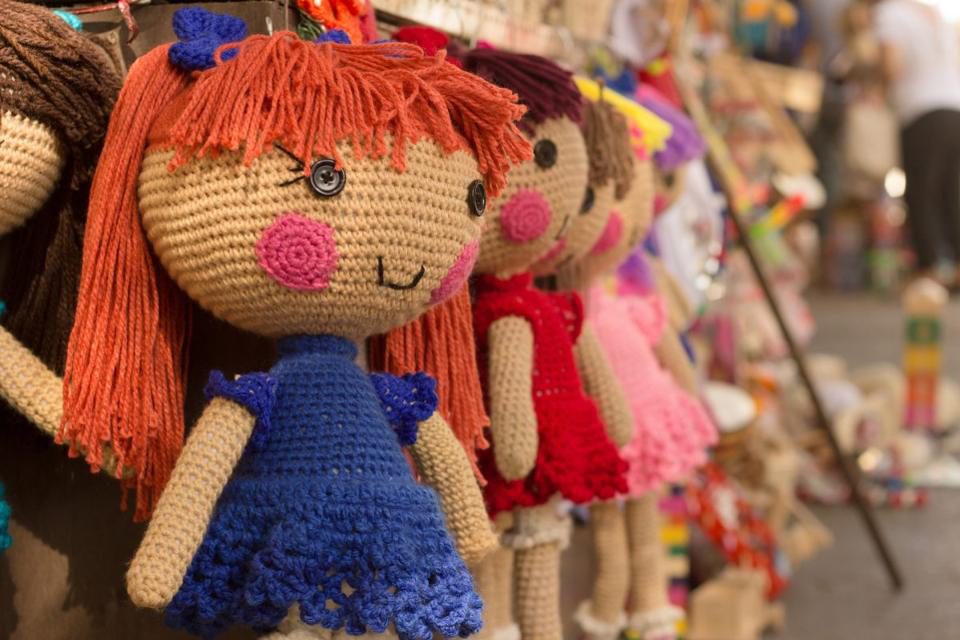The parents shopping for fidget spinners, Mega Bloks and Nerf blasters today are most likely Millennials. While demographers argue over the beginning and end birth dates that define the Millennial generation, Time says there are 22 million Millennial parents in the U.S. today, and 9,000 babies are born to them each day.
Millennial parents use social media to make purchasing decisions, and turn to their mobile devices to find deals and check reviews, according to an article here on Forbes.com. If you own or manage a brick-and-mortar toy store, what can you do to bring in this generation of moms and dads—parents who can find, compare and purchase thousands of toys in mere seconds online?
The answer is surprisingly low-tech.
1. Educate Overwhelmed Millennials IRL
What do you do when you want to buy a toy for your 4-year-old and are faced with thousands of choices online, opinions flying from your 500 closest friends on social media, and a hundred mommy bloggers offering up their own personal lists of “the best of the best”?
According to the Time article referenced above, 58% of Millennial parents find the amount of parenting information available to be somewhat, very or extremely overwhelming, compared to 46% of GenX parents. Not only are these moms and dads drowning in facts and opinions, but 23% of them are stay-at-home caregivers, meaning they’re likely looking for daytime activities to do with their kids.
“ Offering activities is a way for you to engage Millennial parents right in your store ,” says Deb de Sherbinin, Principal of Perk Consulting, a marketing and product consultancy for consumer goods companies in the toy, game, entertainment and lifestyle areas. She suggests arranging educational events to show parents what toys are best for kids of different ages and skill levels, or craft and game activities that let parents and their kids test out new products.
If you don’t have enough space in your store to accommodate events, consider sponsoring community events such as game days or educational talks at the local library.
2. Don’t Forget the Dads
“Dads are active in parenting, so toy stores should keep this in mind,” says de Sherbinin. In fact, 21% of Millennial fathers are stay-at-home caregivers, according to the Time poll.
Your in-store events, community reach-outs and marketing efforts need to make dads feel just as welcome as moms. Swap out those “ladies only” stock photos for more diverse ones, and be sure to use inclusive language—for example, by using the words “parent” or “moms and dads” instead of “mom” or “mothers” in your educational talks and marketing materials.
3. Make Your Aisles Gender Neutral
Some major retailers are mixing up the toy aisles instead of relegating girls to the pink aisle and boys to the blue one, and they’re smart to do so. The Time article reports that 50% of Millennial parents have purposely bought a gender-neutral toy for their kids, compared with 43% of GenX and Baby Boomer parents.
“ Boys and girls are playing with whatever they want to play with, and it’s liberating. Dolls aren’t identified as girls’ toys, and action figures aren’t just for boys,” says de Sherbinin. “Arrange toys by category and brand, instead of by gender.” For example, all educational toys or construction toys might be grouped together.
Speaking of which, STEM (Science, Technology, Engineering and Math) toys are big with Millennial moms and dads, since these toys are often both educational and gender neutral—so stocking up on products in this niche can also help bring these parents into your store.
If you can’t compete online, try these offline tactics to show Millennial parents you’re in tune with their needs—and to bring them into your toy store.

